The Spicy Soul of the Southwest: New Mexico Pepper Secrets Revealed!
Table of Contents
- Introduction: What Makes New Mexico Peppers Special?
- Types of New Mexico Peppers: From Mild to Wild
- A Fiery Legacy: The History Behind the Heat
- Cooking with New Mexico Peppers: Tips & Tricks
- Pepper Power: Health Benefits You Didn’t Know
- Storage & Handling: Keep the Flavor Alive
- New Mexico Goes Global: International Twists
- FAQ: Your Pepper Questions, Answered
Introduction: What Makes New Mexico Peppers Special?
Imagine a pepper that can whisper sweetness or shout fire — all depending on how you use it. That’s the magic of the New Mexico pepper, a spice legend from the American Southwest.
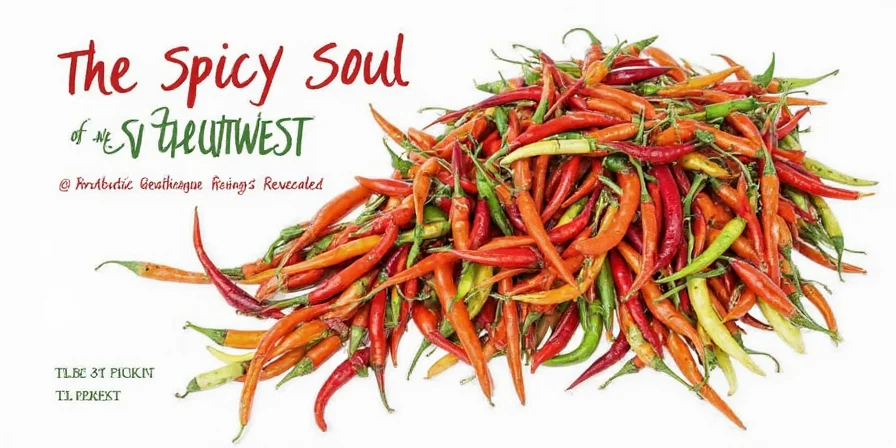
Grown primarily in the fertile Rio Grande Valley, these chilies are more than just food — they’re a way of life. In fact, the New Mexico chile is the official state vegetable (yes, even though it's technically a fruit). Whether dried, roasted, or blended into sauces, this pepper brings flavor, color, and culture to every bite.
Types of New Mexico Peppers: From Mild to Wild
New Mexico peppers come in several varieties, each with its own heat level, flavor profile, and culinary purpose. Here’s a handy guide:
| Pepper Type | Heat Level (SHU) | Flavor Notes | Best Use |
|---|---|---|---|
| New Mexico 6-4 | 700 - 1,500 | Mild, earthy, slightly sweet | Green chile sauces, enchiladas |
| Hatch Green Chile | 1,000 - 8,000 | Smoky, complex, tangy | Rubs, salsas, rellenos |
| Carmen (Hybrid) | 1,000 - 3,000 | Sweet when red, grassy when green | Grilled dishes, pastes, sauces |
| Chimayo Chile | 2,000 - 5,000 | Nutty, floral, smoky | Dried rubs, stews, traditional dishes |
| Puerto de Luna | 1,500 - 2,500 | Fruity, bright, mildly spicy | Salsas, marinades, soups |
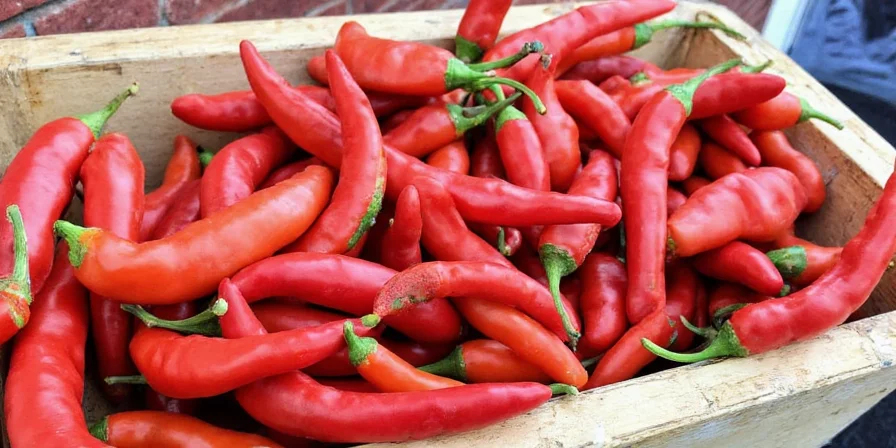
A Fiery Legacy: The History Behind the Heat
The story of the New Mexico pepper begins centuries ago with Indigenous Pueblo communities. They were the first to cultivate chiles using dry farming techniques suited for arid desert climates. Spanish colonizers brought European agricultural methods, which helped develop early cultivated strains like the “Anaheim” and “Pasilla” peppers.

In the late 19th century, Fabián García, a horticulturist at what is now New Mexico State University, began breeding milder, more consistent chile varieties. His work led to the creation of the modern “New Mexico 6-4,” a staple in regional cuisine. Today, Hatch, New Mexico, is known as the chili capital of the world, where the annual Hatch Chile Festival celebrates everything fiery and fragrant.
Cooking with New Mexico Peppers: Tips & Tricks
Cooking with New Mexico chiles can feel intimidating if you're new to the game. Fear not! These pro tips will help you unlock their full potential:
- Roast First: Roasting intensifies flavor and loosens the skin. Simply char over an open flame or under the broiler until blistered.
- Skin It Right: After roasting, place peppers in a paper bag or bowl covered with plastic wrap to steam for 10–15 minutes before peeling.
- Freeze for Later: Whole roasted peppers freeze beautifully. No need to peel — just throw them in a ziplock bag and defrost when needed.
- Blend Smartly: For smooth sauces, blend with garlic, onion, cumin, and a splash of vinegar or lime juice. Strain for a silky finish.
- Layer Heat: Mix mild and hot varieties for balanced depth — like combining New Mexico 6-4 with a few Hatch chiles for punch.
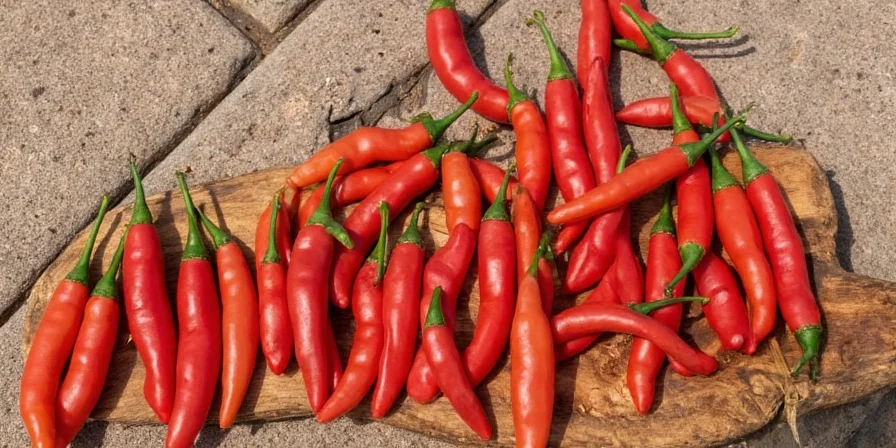
Pepper Power: Health Benefits You Didn’t Know
Beyond the bold taste, New Mexico peppers pack a nutritional punch:
- Vitamin C Boost: One fresh green chile contains more Vitamin C than an orange!
- Antioxidant Rich: Capsaicin, the compound responsible for heat, also has anti-inflammatory properties.
- Metabolism Kick: Eating spicy foods may temporarily boost metabolism and aid digestion.
- Low-Calorie Zing: Add big flavor without added fat or sugar.
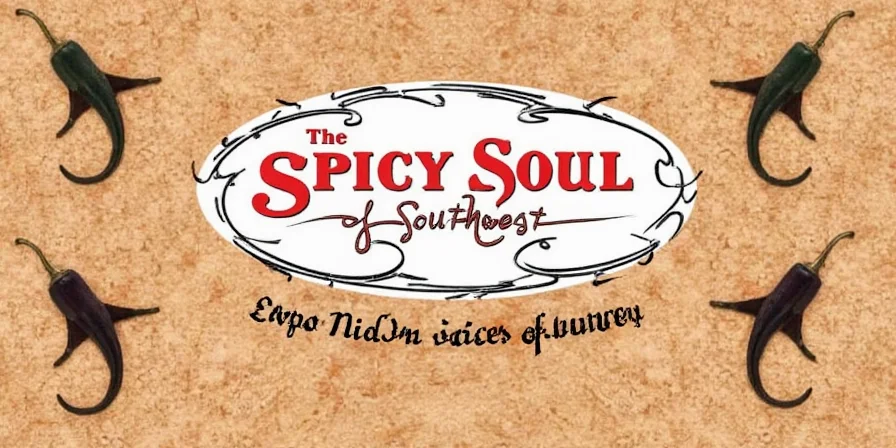
Storage & Handling: Keep the Flavor Alive
Want your peppers to last? Follow these easy storage guidelines:
- Fresh: Store unwashed peppers in a paper bag in the fridge for up to two weeks.
- Dried: Hang whole pods in a cool, dry place or store in airtight containers for up to a year.
- Ground: Make your own chile powder by drying and grinding roasted pods. Store in dark glass jars away from light.
- Sauces: Freeze in ice cube trays for easy portioning or pressure-can for long-term shelf life.

New Mexico Goes Global: International Twists
You don’t have to stick to tacos and enchiladas! Try these global spins on New Mexico chiles:
- Korean Fusion: Add chopped roasted Hatch chiles to kimchi or bulgogi marinade.
- Italian Twist: Blend red New Mexico chile paste into pasta sauces or drizzle over pizza.
- Middle Eastern Magic: Mix ground Chimayo into za’atar or sprinkle into lentil stews.
- Asian Kick: Puree with soy sauce, ginger, and sesame oil for a chile-garlic glaze.
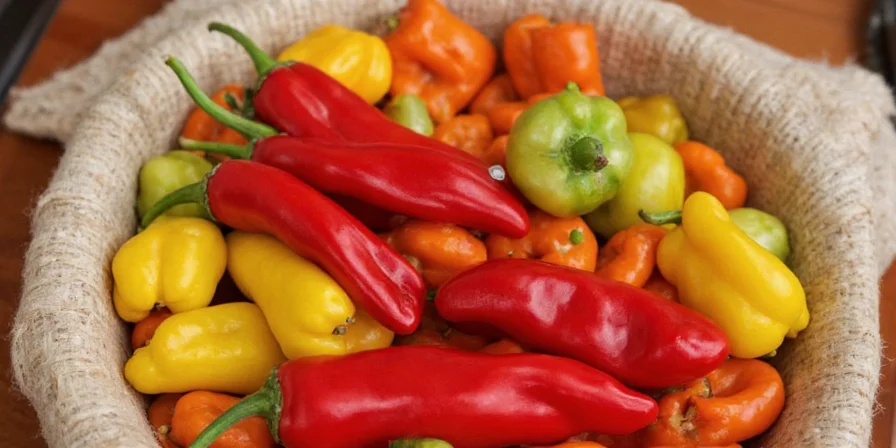
FAQ: Your Pepper Questions, Answered
Are New Mexico peppers the same as Anaheim peppers?
While similar, New Mexico peppers tend to be hotter and have a more pronounced flavor. Anaheim peppers are usually milder and sweeter.
Can I substitute New Mexico peppers?
Yes! Poblano, Ancho, or Jalapeño peppers can work in a pinch, though the flavor profile will change slightly.
What’s the difference between red and green New Mexico chiles?
Green peppers are harvested early and are crispier, while red ones are matured longer, offering a deeper, smokier flavor.
Why do some recipes call for both red and green?
Chefs love using both for contrast in color, texture, and flavor. It adds complexity to sauces and stews.
Final Thoughts: Embrace the Heat
From humble soil springs vibrant spice — that’s the legacy of the New Mexico pepper. Whether you're grilling, roasting, blending, or sprinkling, these peppers add soul to every dish. So go ahead — embrace the burn and let your kitchen sing with the spirit of the Southwest.
Now get out there, roast those peppers, and make some delicious memories!
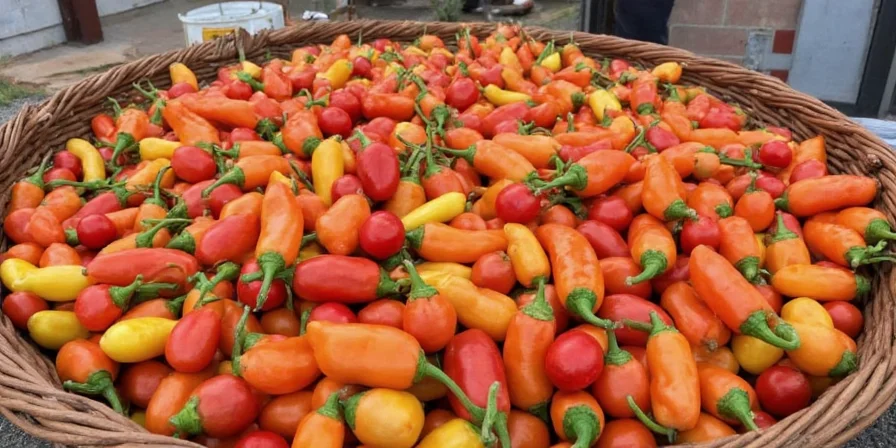

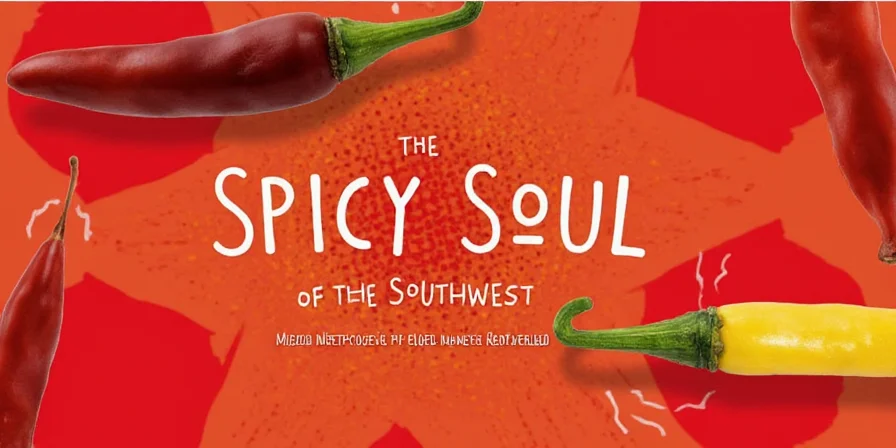









 浙公网安备
33010002000092号
浙公网安备
33010002000092号 浙B2-20120091-4
浙B2-20120091-4